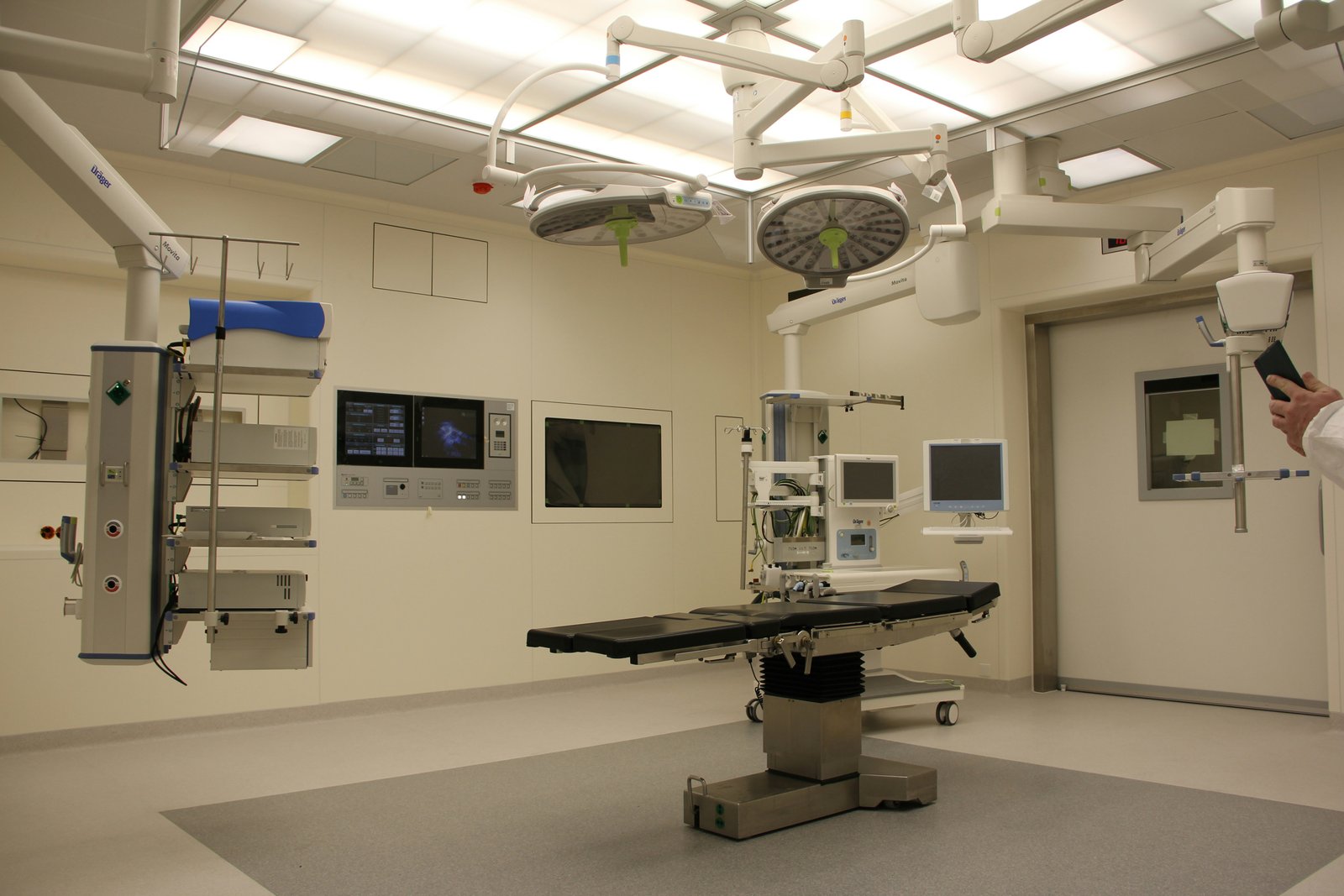Musculoskeletal (MSK) Ultrasound Course
Empower Your Practice with Advanced Ultrasound Skills
Unlock the power of diagnostic ultrasound with our comprehensive MSK Ultrasound Course, designed for healthcare professionals seeking to master imaging of the upper and lower limbs, including special focus areas like lumps & bumps and groin/abdominal wall scanning.
Course Overview
Gain both theoretical insights and hands-on skills in MSK ultrasound. Learn to:
Recognize key anatomical structures.
Follow standardized scanning protocols.
Master image acquisition techniques.
Identify and interpret pathology confidently.
What You’ll Learn
By the end of this course, you will be able to:
✅ Understand relevant MSK anatomy for ultrasound.
✅ Understand relevant MSK anatomy for ultrasound.
✅ Apply structured scanning techniques for all major joints.
✅ Recognize normal and pathological ultrasound appearances.
✅ Evaluate joints and soft tissues for common conditions.
✅ Integrate imaging into clinical decision-making.
Course Modules
Upper Limb Ultrasound
Module 1: Shoulder
Learn sonographic shoulder anatomy.
Scan rotator cuff & detect common issues like tendinopathy.
Module 2: Elbow
Understand elbow compartments.
Identify epicondylitis, bursitis & more.
Module 3: Wrist
Evaluate flexor/extensor compartments.
Diagnose ganglion cysts & tenosynovitis.
Module 4: Hand, Finger & Thumb
Master small joint scanning.
Identify digital tendon injuries, inflammation & nodules.
Lower Limb Ultrasound
Module 5: Hip
Explore hip compartments.
Detect bursitis, effusion & tendon pathology.
Module 6: Knee
Scan all compartments.
Recognize ligament injuries, cysts & effusions.
Module 7: Ankle
Analyze ankle tendons & ligaments.
Diagnose Achilles issues & inflammation.
Module 8: Foot
Focus on plantar/dorsal foot structures.
Identify plantar fasciitis, tenosynovitis & soft tissue issues.
Special Focus Modules
Module 9: Lumps & Bumps
Characterize soft tissue masses.
Distinguish benign vs suspicious lesions.
Module 10: Groin & Abdominal Wall
Scan hernias, lymph nodes & soft tissue.
Confidently assess for clinical abnormalities.
Course Format
Delivery: On-site Workshop or Optional Hybrid (with Online Access) .
Content: Lectures, Live Demos, Hands-On Scanning, Real Case Discussions.
Audience: Radiologists, Sonographers, Sports Physicians, Orthopaedic Surgeons, MSK Clinicians and Science graduates with knowledge of ultrasound. .
Duration: xxx or (Flexible based on format) .
Assessment & Certification
Formative: Real-time feedback during hands-on sessions.
Summative: Image interpretation quiz + scanning skills evaluation.
Certificate: Completion certificate in MSK Ultrasound Imaging.
Course Learning Objectives
By the end of this course, participants will be able to:
Demonstrate understanding of musculoskeletal anatomy relevant to ultrasound imaging.
Apply standardized scanning protocols for upper and lower limb joints.
Accurately identify normal and pathological sonographic appearances.
Use ultrasound to assess joint integrity, soft tissue structures, and common pathologies.
Integrate ultrasound findings into clinical decision-making.
Module Structure with Objectives & Outcomes
Upper Limb Ultrasound
Module 1: Shoulder Ultrasound
Objectives:
Learn gross and sonographic shoulder anatomy.
Apply shoulder scanning protocols and techniques.
Evaluate rotator cuff and identify common pathologies.
Outcomes:
Perform accurate shoulder scans and interpret findings.
Differentiate between normal structures and common disorders like tendinopathy or tears.
Module 2: Elbow Ultrasound
Objectives:
Understand elbow joint anatomy and compartmental layout. .
Implement elbow scanning protocols and techniques. .
Outcomes:
Accurately assess all elbow compartments and interpret common conditions such as epicondylitis and bursitis. .
Module 3: Wrist Ultrasound
Objectives:
Identify wrist structures using sonography.
Evaluate flexor/extensor compartments and recognize pathology.
Outcomes:
Competently scan the wrist and diagnose conditions such as ganglion cysts and tenosynovitis.
Module 4: Hand, Finger & Thumb Ultrasound
Objectives:
Master small joint anatomy and scanning protocols.
Evaluate flexor/extensor tendons and common digital abnormalities.
Outcomes:
Perform ultrasound of the hand and fingers, identifying conditions like tendon tears, joint inflammation, or nodules.
Lower Limb Ultrasound
Module 5: Hip Ultrasound
Objectives:
Understand hip joint compartments and scanning protocols.
Identify normal vs. pathological hip sonographic appearances.
Outcomes:
Confidently evaluate the hip joint, detecting bursitis, effusion, or tendinopathy.
Module 6: Knee Ultrasound
Objectives:
Learn compartmental knee anatomy and scanning technique.
Identify common pathologies using real-time ultrasound.
Outcomes:
Accurately scan the knee and identify ligament injuries, meniscal cysts, and joint effusion.
Module 7: Ankle Ultrasound
Objectives:
Study the anatomical layout of ankle compartments and tendons.
Master techniques to evaluate common ankle pathologies.
Outcomes:
Assess medial/lateral ligaments and Achilles tendon, interpreting injuries and inflammatory conditions.
Module 8: Foot Ultrasound
Objectives:
Understand plantar and dorsal foot anatomy.
Scan and assess flexor/extensor compartments and plantar fascia.
Outcomes:
Diagnose plantar fasciitis, tenosynovitis, and other soft tissue abnormalities of the foot.
Special Topics
Module 9: Lumps and Bumps
Objectives:
Recognize and characterize superficial soft tissue masses.
Learn scanning tips for uncommon lesions.
Outcomes:
Distinguish between benign and suspicious masses using ultrasound features.Module 10: Groin and Anterior Abdominal Wall Ultrasound
Objectives:
Identify groin and abdominal wall structures on ultrasound.
Evaluate hernias, lymph nodes, and soft tissue abnormalities.
Outcomes:
Accurately assess groin and abdominal wall for clinical conditions such as hernias or hematomas.
Key Features of the Course
Hands-on Scanning Sessions: Live practice on standardized patients/models. Case-Based Learning: Real-world pathologies with expert interpretation. Interactive Q&A: Troubleshooting common pitfalls in image acquisition. Certification: Accredited competency assessment.

One-Year Abdominal Ultrasound Course
Enroll in our One-Year Abdominal Ultrasound Course to enhance your expertise in diagnostic imaging. Visit our course program to explore how this valuable training can advance your medical career.
